May 25th 2022 - Monica Cunanan
How to Thicken Soup: The Guide to the Best Tips and Tricks
Did your soup suddenly become too thin or watery?
You're in the middle of making soup, then stop to take a sip, and notice the runny soup that is too thin. You might have accidentally added too much water or might have made a mistake in measuring your ingredients. Don't worry, we've all been there.
How exactly do you salvage your runny soup and still make the creamiest, soup using just a few short steps?

This handy guide will cover many different techniques and thickening methods plus tips and tricks that you can use to effectively thicken runny soup or stew. Let's start!
The Magic of Flour or Corn starch
One great option is by using cornstarch as it is a natural thickening agent, but just be careful with how much you use. All-purpose flour or plain flour is also known to be a common thickener for runny soup and stew.
Pro tip: Healthier flour options other than plain flour include arrowroot flour and almond flour
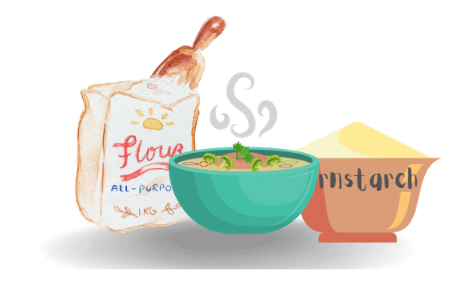
- Prepare a tablespoon of flour or corn starch or plain flour.
- Ladle a small amount of broth (at least 1 cup of liquid) into a separate bowl or plate and let it cool. Add the tablespoon of flour or cornstarch to the bowl and whisk until it's blended smooth.
- Next, bring the soup to a simmer to reach full thickening power.
- Repeat the steps and add consecutive tablespoons of flour until you reached the desired thickness
- For the best results, never add the tablespoons of flour or corn starch directly to your soup pot. If you do, it will clump up on top
Blend Parts or All of Your Soup
There are many kinds of soups out there ranging from Asian soup like chicken noodle soup to crockpot soup. Another way of thickening soups would be by using a food processor or an immersion blender that you can find in your kitchen. You can choose to blend parts or all of your soup such as the chunks of meat/vegetables.
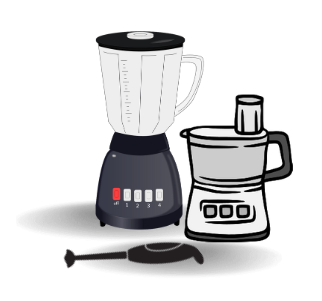
If you choose to blend parts of your soup:
- Take a cup or two of the soup, chunks of meat and all, and using your processor or blender, puree it until creamy and smooth.
- Return it to the pot and stir in medium heat.
- This will thicken up your soup and keep its chunkiness at the same. Blenders and food processors
If you choose to blend all of your soup:
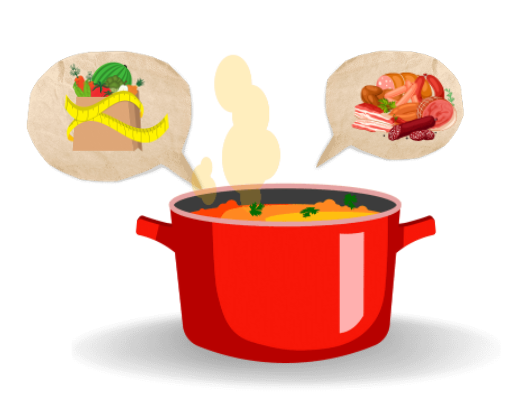
- Pour and sieve the broth you made with chunks of meat or vegetable in it, such as minestrone soup
- Take a third of the whole ingredients and blend them with the broth, then stir the rest of the whole ingredients and process or blend.
- Return to pot and heat to medium.
Pro tip: If you don't have a processor or blender, you can also use a potato masher by mashing directly into the pan until the soup is as thick as you want.
This method works best with types of soups containing starchy ingredients like potatoes, beans, rice, or pasta. You can also mix soups with meat to enhance the soup's savory flavor in the same way. Just be careful to not include any bones, and to use a powerful blender to break the fibers up.
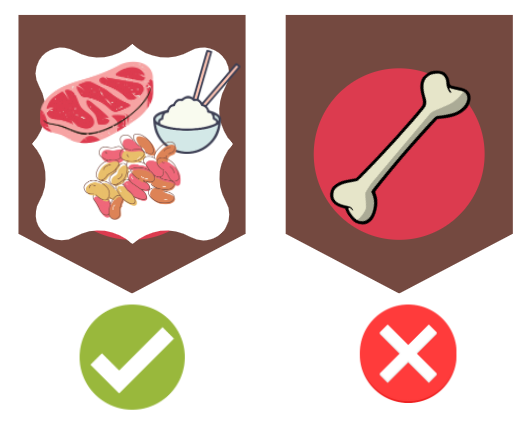
Add Dairy
Aside from using natural thickeners like starch and flour, you can also choose to incorporate dairy products to add a velvety texture to your dish. Soups that use dairy as the thickening agent will not have the same heft as pureed vegetable soups but will still be rich and creamy.
Each kind of dairy has a different effect on the soup depending on the texture and on the test. Here are some of them and also some things to watch out for when adding them.
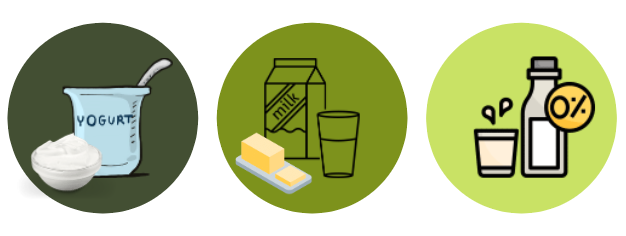
- Yogurt and buttermilk: These two provide a bright, tangy flavor contrast to your soup. Whether you use a few tablespoons or a few cups, cream gives the hearty bowl of soup a rich flavor.
- Low-fat products (eg. low-fat milk): curdles easily, so add them near the end of the cooking time when the soup is still hot but not boiling.
Things to watch out for:

- Dairy curdles liquids when added improperly or if heated for too long. To avoid this risk, stick to higher-fat content products, such as cream or crème fraîche.
- It might be tempting to add sour cream or softened cream cheese to help thicken the soup, but cream cheese does not always work
Things to do:
- Curdling is reduced by tempering so add a small amount of the soup into the dairy while constantly whisking, and incorporate more soup until it reaches the same temperature as the soup. Then, whisk the dairy mixture into the soup at low heat.
- You may notice some recipes call for flour or cornstarch in conjunction with milk or yogurt; these stabilizers reduce the risk of curdling.
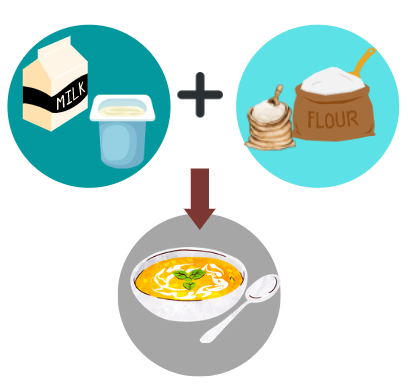
Other Tips and Tricks
- Add a starchy vegetable like squash, pumpkin, sweet potato, or white potato to your soup and let it simmer.
- Dairy products like cream, cream cheese, or sour cream are another great way to thicken a crockpot soup! (See: How to make crockpot soup)
- Add cooked white rice or peeled, cubed potatoes to the soup and simmer until the starches release and the mixture thickens.
- Bread would also add body to a fresh-tasting tomato soup or Asian soup like chicken noodle soup without changing the flavor.
- Whisk eggs (use just egg yolks for a richer soup) and then temper them by adding small amounts of the hot liquid until the egg mixture reaches the same temperature as the soup.
Ready to Impress your friends, Family, and Customers?
Give these tricks and methods to thicken the soup and add more flavorful liquid to any soup or stew. Explore Culinary Depot’s choices of the best blenders and best soup making equipment on the market. Contact us today!

